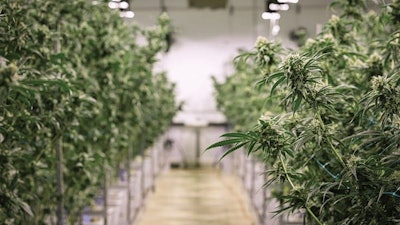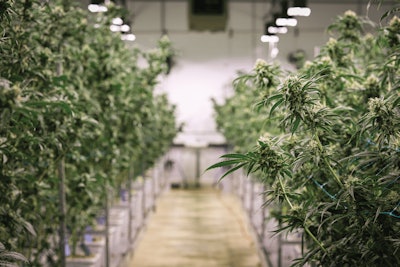

With all of the components and rules and regulations that accompany establishing a commercial scale cultivation facility, it can be difficult to know where to begin. With little time between when a license is awarded and when a project must be finalized, it can feel like a hurry-up-and-wait situation. But the journey must start somewhere, and whether you’re new to growing at a commercial scale or you are simply building a new location, establishing your goals and setting a budget is an essential first step. These may (and probably will) change once you actually obtain your funding, so begin by estimating as best you can. Establishing CapEx and OpEx expectations will, at minimum, require a lot of research. And depending on your experience, it may require expenditures associated with engaging experts right from the start.
Begin by conducting market research to understand local demand and competition. Establish your goals for your brand and strain quality, understand which key metrics you will measure (yield per square foot, variable costs, plant quality, etc.), and begin molding your expectations for what kinds of cultivation systems you will need.
Consider not just the road in front of you, but what lies ahead by planning for scalability. Some growers will buy a building or land with enough room to add grow spaces later on, opting to build out in phases. Trying to expand an established grow without the space for it will force you to decide between running multiple locations, starting from scratch somewhere else, or stunting the growth of your business.
As with any industry, it’s important that entrepreneurs looking to start a business that requires a significant initial investment consult with a lawyer familiar with the industry they wish to enter. A reputable legal representative can help in a number of areas, including operating agreements with partners, investor agreements and pitch decks, vendor contracts, taxes, compliance, insurance, and other protections. For growers operating in the U.S., consulting with an attorney with other cannabis clients is especially beneficial as they can help you navigate state and local rules and regulations and help protect you against potential legal risks.
Starting a commercial grow requires a significant initial investment. Before you can begin putting plants into your facility, you will need to invest in the building, its design, an environmental system, lights, grow benches, and much more. Private investment is the primary means by which cannabis operations are currently funded. Some private lenders will work with cannabis businesses, but you should be prepared to carefully vet potential lenders to avoid predatory loans. Besides investors and private lenders, other sources for funding include hedge funds or even crowdsourcing.
Overall, there are several cornerstones growers must establish in preparation for the design and build phase of construction. Your core goals and budgetary expectations will be the guiding force for all future decisions, from which light fixtures you will use, to the level of automation and controls you’ll adopt, to the size of your canopy and cultivation team, and everything in between. In the following pages, you’ll learn key steps to getting started and how one cultivator approached scaling an established operation.


